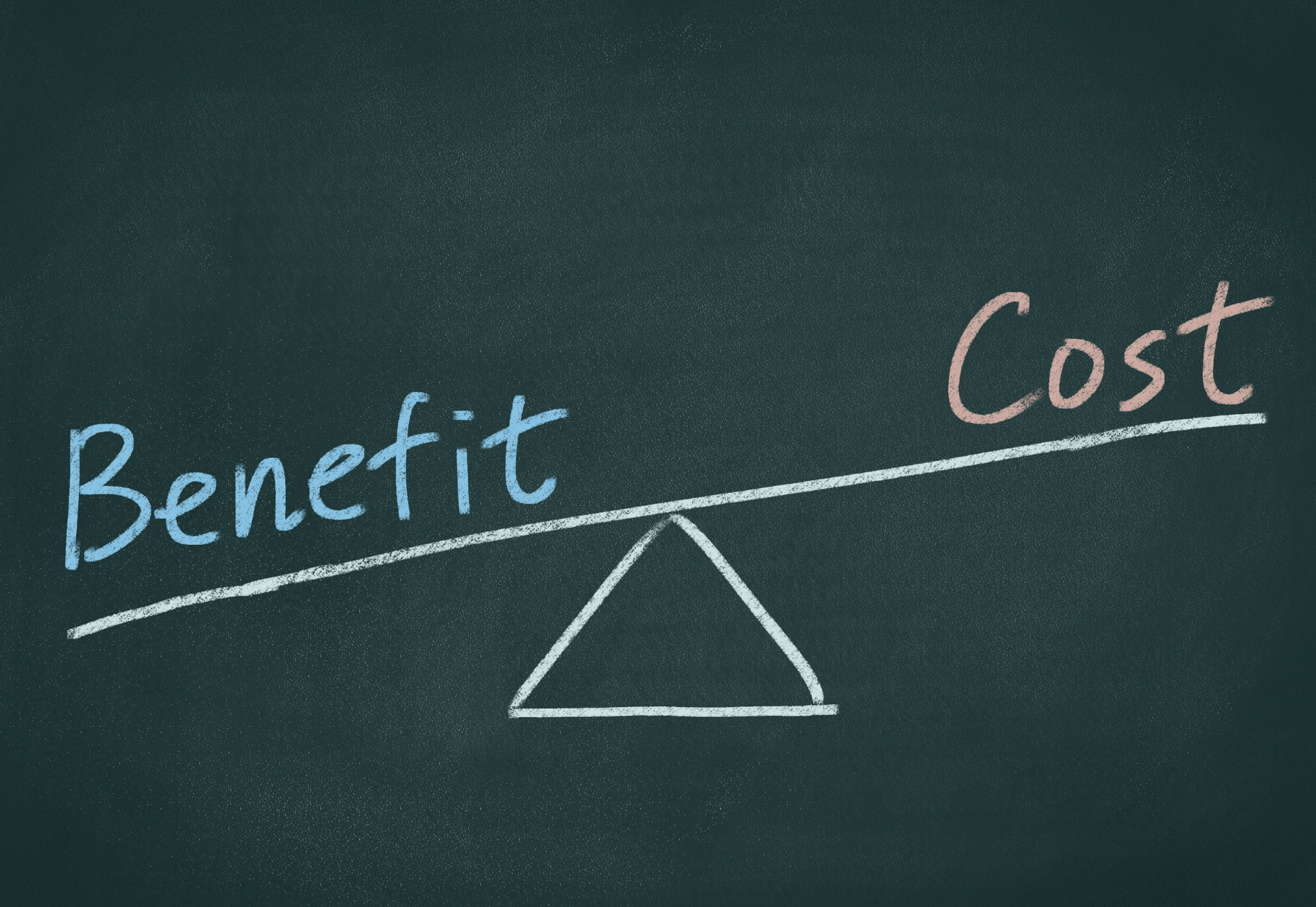The Rise of Enterprise Blockchain
Blockchain has been one of the most talked-about tech trends of the last few years and despite the pandemic, there has been a continued adoption of this technology throughout many industries. The simplest way to think about blockchain is that is a type of database. Blockchain collects information together in groups or ‘blocks’. Each block has a storage capacity and once full, that block is then chained onto the previously filled block- forming a chain of data- a ‘blockchain’.
As an encrypted, decentralized peer-to-peer ledger, blockchain technology has many advantages. It is useful for any sort of transaction where values and timestamps need to be securely recorded, so it is of particular interest to financial services companies.
‘Enterprise Blockchain’ is a type of permissioned blockchain that can be used to streamline business processes at scale, such as track supply chain goods or settle global payments.
- Permissioned chains are formed by consortiums. Companies have direct control over them and can, for instance, block transactions that do not comply with their rules. As opposed to…
- Permissionless blockchains or public ledgers that allow any party, without any vetting, to participate in the network. They exist outside the control of anyone company or government and are resistant to censorship.
With blockchain technology (and the digital currencies it enables) moving from the fringes of financial markets to the mainstream it is time we paid it some attention and kept up with the pace.
Why Be Ready for Blockchain Technology?
So, let’s put a few figures on this. Investment in blockchain technology by businesses is forecast to reach almost $16 billion by 2023 – that’s a 40% increase in investment from 2019. A recent Gartner survey also reported that 14% of enterprise blockchain projects moved to the production phase in 2020, compared to 5% in 2019. There appears to be a rising trend, and as blockchain projects continue to demonstrate the usefulness, mindsets are shifting. The most current example is the use of blockchain solutions for vaccine tracking and distribution. The success of these projects will only enhance the technology’s profile and increase confidence.
In the coming years, we expect to see more bitcoin on the balance sheets as private companies, such as PayPal, express their allegiance. Numerous central banks (including the Bank of England and their CBDC) are also indicating that this is a sector they wish to be a part of. The migration from hard cash to digital transactions has begun.
With blockchain technology and digital currencies gaining so much ground it makes sense for business leaders and risk managers to keep up to speed. This is especially true, for banking and financial services, which will undoubtedly lead the way, due to obvious suitability for lingering and accounting.
What Does Blockchain Mean for Risk Management?
The promise of blockchain, to drive business efficiency and become the future of risk management, by transitioning from a human-based to an algorithm-based trust model, is dazzling. But there are still many unanswered questions, not least on how these financial instruments should be defined and what regulatory approach should be taken. As this technology continues to mature it is critical that firms explore less discussed questions – “Does the blockchain model expose the firm and market to a new type of risk?”; “How should firms mitigate these new risks?”; and “How will regulation evolve accordingly?”
To help prepare for the introduction of a blockchain framework firms should consider establishing a robust risk management strategy, governance, and controls framework. Below is a useful infographic outlining a blockchain technology risk assessment:
Broad Risk Categories to Be Considered:
- Standard Risks
Standard risk considerations are risks that are considered common to all blockchain projects. They include but are not limited to business continuity risks; strategic risk; information security; reputational and regulatory risks.
- Smart Contract Risks
Smart contracts are just like usual contracts that allow the exchange of property, money, shares, or anything valuable securely and transparently but without the middleman. They are the key to automating business processes but are also the number one target for malicious actors. To ensure that smart contracts are planned and executed correctly, the enterprise needs to ensure proper testing of smart contracts. The idea is to mitigate risk with thorough testing.
- Value Transfer Risk
The decentralisation approach comes with its own risks and benefits. Aspects that need to be considered include- consensus methods risk; data confidentiality; liquidity and key management issues.
- Blockchain Implementation Risks
And then there are the web application security risks listed below, according to OWASP:
- Improper Logging & Monitoring
- Insecure Deserialization
- Sensitive Data Exposure
- Cross-Site Scripting (XSS)
- Injection
- Security Misconfiguration
- XML External Entities (XXE)
- Broken Access Control
- Using components with vulnerabilities
- Broken Authentication
Are You Ready for Enterprise Blockchain?
Blockchain solutions are promising, they offer companies increased efficiency, reduced costs and allow them to automate with smart contracts. The potential and the increasing popularity of this innovative technology is undeniable, but risk functions need to play an active role in shaping blockchain strategy. Risk managers and business leaders cannot afford to leave behind in an accelerating world where staying aware and ahead of volatility is critical.
Talk to our experts at 1RS about the rise in blockchain and blockchain risks in general. Our cloud-based, as-a-service platforms will help bring this technology within reach of organisations that otherwise would not have the resources to do so without spending years planning and developing infrastructure.
Blog
5 Ways Technology Can Help with SMCR Compliance
One of the biggest changes to FCA regulation in recent years was the need to…
How To Embrace Technology but Keep Your Humanity – Implementing A RegTech Solution
Today, the majority of our business and personal lives are dominated by our…
What are the Cost Benefits of Investing in a GRC System?
More and more organisations are currently seeking out technology-enabled GRC…
Are you ready for Consumer Duty?
With eyes firmly on the calendar for the new Consumer Duty Regulations coming…
What is CASS and who does it apply to?
If a financial services provider holds or controls client money or assets, then…
Has the Motor Finance Industry had its head in the sand?
Ever since the FCA launched a review into Motor Finance and published their…
5 Steps to Improve Your Customer Due Diligence
Last month we looked at third party due diligence and how technology can…
Guide to Operational Resilience
It’s the Monday morning you don’t want. Social media is buzzing because a…
5 Steps To Improve Your Third-Party Due Diligence
All companies use third parties as an essential component in the running of…
Regulation of Buy-Now Pay-Later is Coming
Alice wants a new laptop computer, but it will take her a few months to save…
We won! Fintech Awards 2023- 1RS voted Best Risk Management & Compliance Software Solutions
We are thrilled to announce that Wealth & Finance International have…













